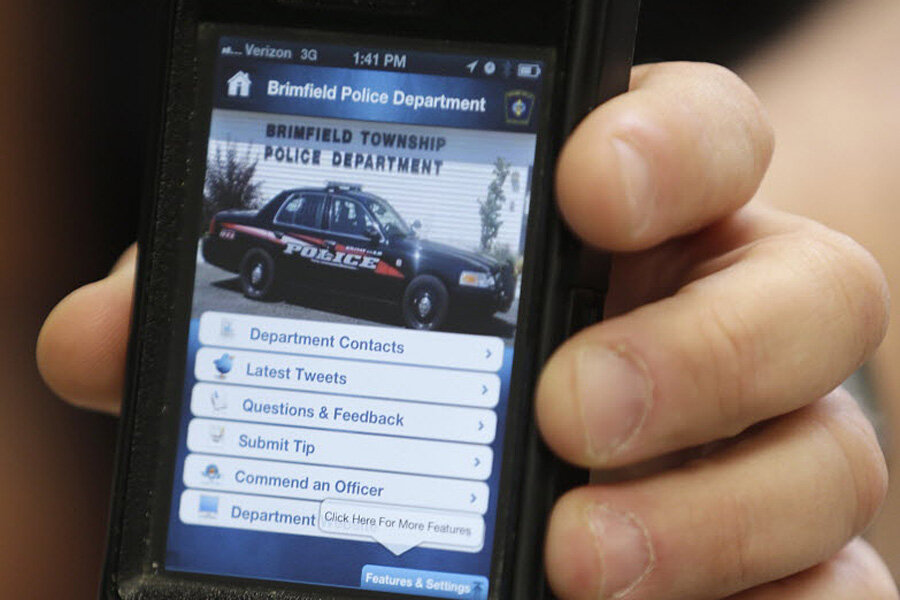Police are returning lost-and-found items using ... Pinterest?
Loading...
One Delaware police department is coupling the power of social media with their growing lost-and-found dilemma.
As CNN Money reported, the Dover Police Department launched their very own Pinterest page Monday. As of Thursday afternoon, they had photographed and uploaded 32 pictures of lost and found items.
The launch couldn’t have come at a better time, Corporal Mark Hoffman, the Dover PD public information officer, told CNN Money. He says that the department receives an overwhelming amount of property and, as people move in and out of town, it becomes increasingly difficult to track them down. That’s where social media comes in.
“One user followed our Facebook account. She went to our Pinterest page from our post, and spotted something her friend had lost. She then went to the Facebook page and tagged her friend in a comment on the post, saying ‘Hey, I think they found your bag!’” said Corporal Hoffman.
An example of social media in action and a reminder to police departments – your online presence matters, at least to the 74 percent of adult Internet users of social networking sites.
Researchers from the Harvard Kennedy School of Government in conjunction with former Boston Police Department (BPD) Commissioner Edward F. Davis III examined the relationship between police leadership and social media.
The March 2014 study focuses specifically on the BPD’s impressive social media response to the Boston Marathon bombings. But they are quick to point out that the department had begun building trust with community members well before the attack. Trust between the community and their police department is key, they say.
“The promise of social media for policing is not to transform or add to the work of law enforcement but to emphasize the deep connection with the community that has always been the focus of good police work,” the authors write.
“One of the key lessons of community policing is that effective partnership with the community requires the police not only to talk but also to listen, and social media offer the police such a platform.”
And, in light of recent news stories featuring police brutality against black community members, law enforcement officers are looking for ways to bridge the gap.
A 2014 survey from the International Association of Chiefs of Police Center for Social Media found that 95 percent of police agencies surveyed used social media. The most common use of social media was for criminal investigations at 82.3 percent.
That’s right, police departments use social media to track down criminals. In a type of town hall, community members can contribute to the investigation via Facebook or Twitter. Police often continue the search online, scouring social media sites for clues, says a 2014 LexisNexis study.
But as the Harvard study concludes, “Ultimately, the question should not be how extensively, visibly, or artfully the police use social media; the question should be how effectively the police are making use of social media, and all of the other tools at their disposal, to improve the lives of the people they serve.”








